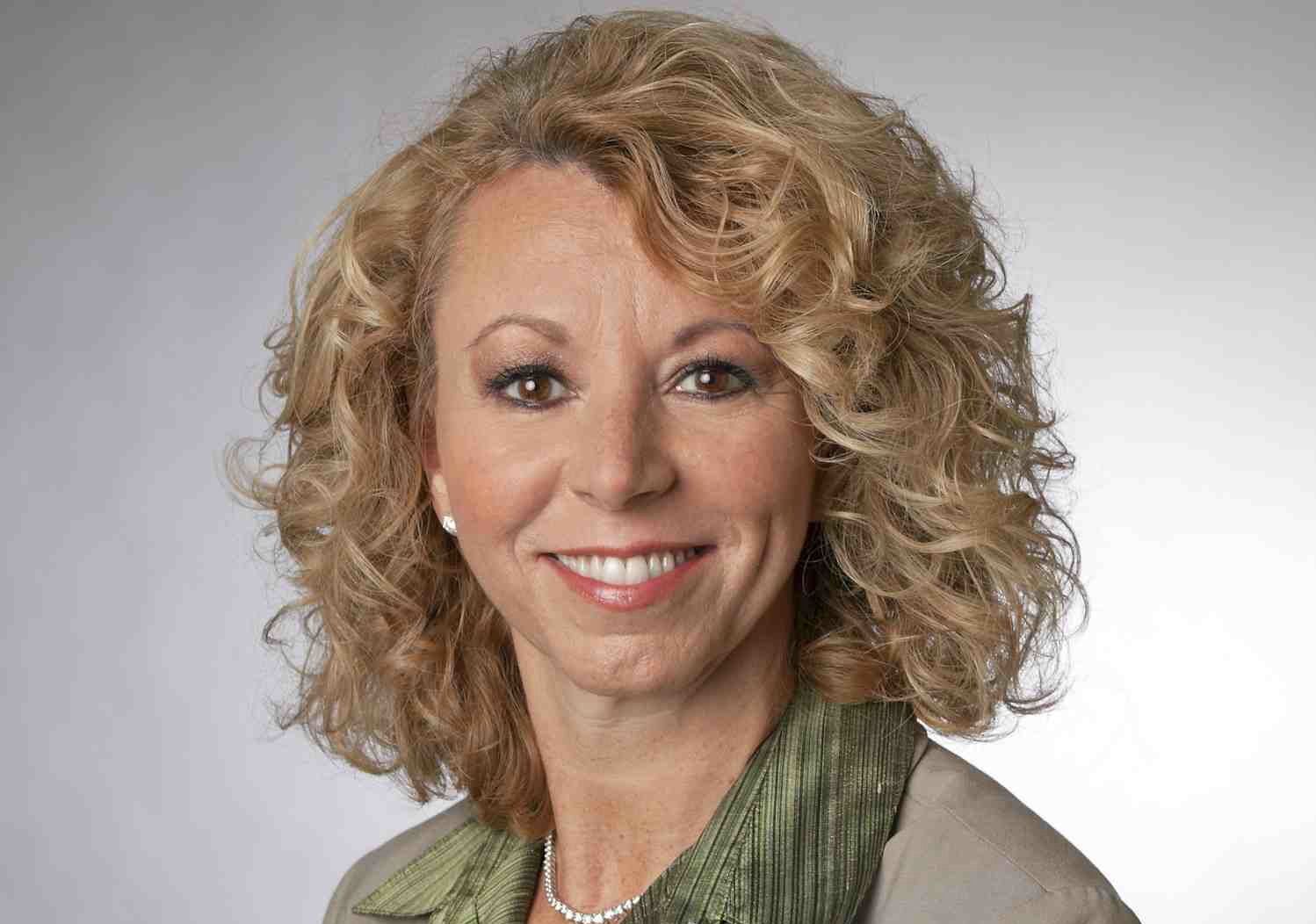Not All Argentinean Government Bonds Affected by Default
| By Alicia Miguel | 0 Comentarios
Not all holders of Argentinean government bonds are affected by the partial default of the country. “Argentina is not facing national bankruptcy, but is only subject to a moratorium, which affects only a part of the Argentinean government bonds”, as Felix Dornaus, Senior Fund Manager for Global EM Hard Currency with Erste Asset Management explains. Only those bonds are affected that have been issued within the framework of the restructuring programme since 2001 and under US jurisdiction. It s still up to legal clarification whether bonds issued under British law are also affected. “All other bonds, both government and corporate bonds, should basically remain serviceable without restrictions”, he points out.
The rating agency S&P had declared a partial default (“technical default”) for the South American country in the previous week. Prior to that a 30-day period had lapsed within which coupon payments on certain restructured government bonds should have been made. While Argentina had deposited the amount required by the due date, the actual payment by Bank of New York, which acts as paying agent for Argentina, was prevented by the arbitral verdict of a New York district judge. According to the verdict, the claims by those creditors that had not participated in the restructuring since 2001 would have also had to be honoured. These so-called holdouts accounted for about seven percent of all creditors at the time.
The negotiations between the Argentinean government and the holdouts are ongoing. It is now crucial to clarify complex legal circumstances and interests. According to Dornaus, the results of these negotiations defy prediction. In the worst-case scenario, the terms of the contract would allow even those creditors to sue for a full servicing of debt that have already given their consent to the restructuring. This group makes up 93% of all creditors of the government bonds that were up for restructuring at the time. “If this were to happen, which from the current perspective is unlikely, and should this lawsuit be successful, Argentina would probably be facing a shortage in foreign currency”, says Dornaus. An agreement is not foreseeable at this point. “We expect months worth of negotiations rather than weeks.”
No risk of contagion for other emerging markets bonds
Until a solution has been found, the fund manager expects elevated levels of volatility, and that includes Argentinean corporate bonds. At the same time, Dornaus does not envisage any risk of contagion for emerging market bonds overall. “Argentina is an isolated case, which is why the development should not come with any significant form of impact on the bonds of other countries.” That being said, the history of conflict between Argentina and the suing hedge funds should be taken into consideration in any future restructuring. In the future the question will not only be how to deal with investors that do not wish to take part in restructuring programmes. Debtors would also have to consider whether they wanted their issue to be based on US jurisdiction again, which would enable district courts to interfere with the sovereign rights of states.
“Even for professional investors in emerging bond markets it is hard to project the future development, given that in the past 35 years there has been no comparable case to this one”, as Felix Dornaus explains. But in any case, Erste Asset Management is only marginally affected by this situation. EAM is basically underweighted in Argentinean government bonds. At EUR 1.6mn vis-à-vis total assets under management of EUR 50.5bn, its exposure in the Argentinean government bonds that are affected by the New York verdict is very limited indeed.







